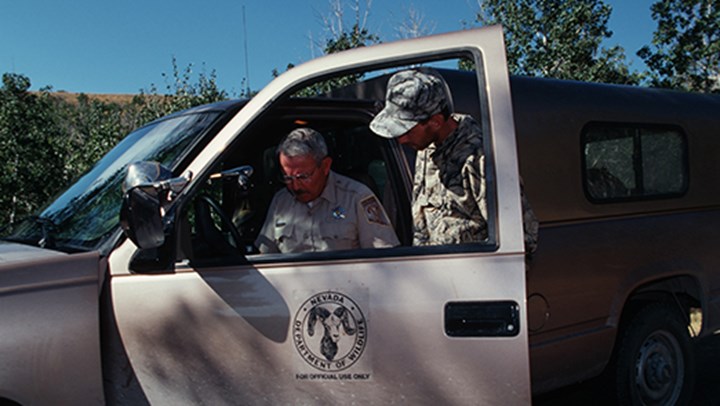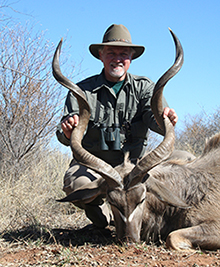
by Chris Chaffin - Tuesday, April 11, 2017

Since the 70s, sportsmen have sought—sometimes demanded—increasing opportunities to share their input on wildlife management decisions with their respective state departments of natural resources (DNRs), or game agencies. Of course, that desire comes from concerns about hunting opportunities: the length of seasons, unit boundaries, number of permits, hunting methods, bag limits, long-term health of game species' populations and philosophical positions supporting hunting as conservation and methods of bringing new participants into hunting and the shooting sports.
The outcome of public meetings and other interactions is diverse. While the objective is to build consensus or at the least “informed consent,” meetings occasionally become heated, making communication and cooperation challenging. After all, both sides typically are emotionally vested in wildlife and related hunting opportunities.
My 20-plus years in the outdoor industry, from my past public relations positions at the National Shooting Sports Foundation, the Outdoor Channel and Paralyzed Veterans of America to running my own industry PR company, Chaffin Communications, has given me direct experience in attending such meetings. It has certainly revealed how some groups and individuals are more effective when interacting with state game agencies and conveying points than others. Understanding how to communicate with wildlife program managers, state wildlife biologists and agency administrators is a key factor in actually communicating—as opposed to throwing out challenges between resisting “opponents.”
Keep these 12 tips in mind to foster your interaction with wildlife management agencies, maintaining or even increasing your hunting opportunities.
Parting Shots
Managing wildlife is a challenge. Putting it in perspective, Utah’s only three-full-term governor, Cal Rampton, told a gathering of all Division of Wildlife Resources employees that his many years in government confirmed that citizens felt they could always do two things better than any state agency: Build highways and manage wildlife.
The future of hunting and the health of our wildlife populations will, in no small part, rely on effective partnerships between sportsmen and state wildlife agencies. Developing a cooperative working relationship with them will help assure that our hunting heritage will continue.
■ ■ ■
About the Author
Chris Chaffin has been an outdoor communicator, educator and partnership manager for more than 40 years. He has worked on the national scene representing several prominent components of the outdoor community promoting hunting, fishing, the shooting sports and conservation. He served two terms as Treasurer for the Professional Outdoor Media Association (POMA), eventually taking on roles as vice-president, President and Chairman of the Board.

In 2007, he launched Chaffin Communications, Inc., a communications consulting company focusing on the outdoors. In 2012, with support from the Outdoor Adventure Dream Giveaway, Chaffin founded and currently manages the Outdoor Adventure Conservation Fund, a Florida non-profit established to encourage and facilitate more people participating in traditional outdoor activities. For more information, click here.
E-mail your comments/questions about this site to:
[email protected]
Proudly supported by The NRA Foundation and Friends of NRA fundraising.
